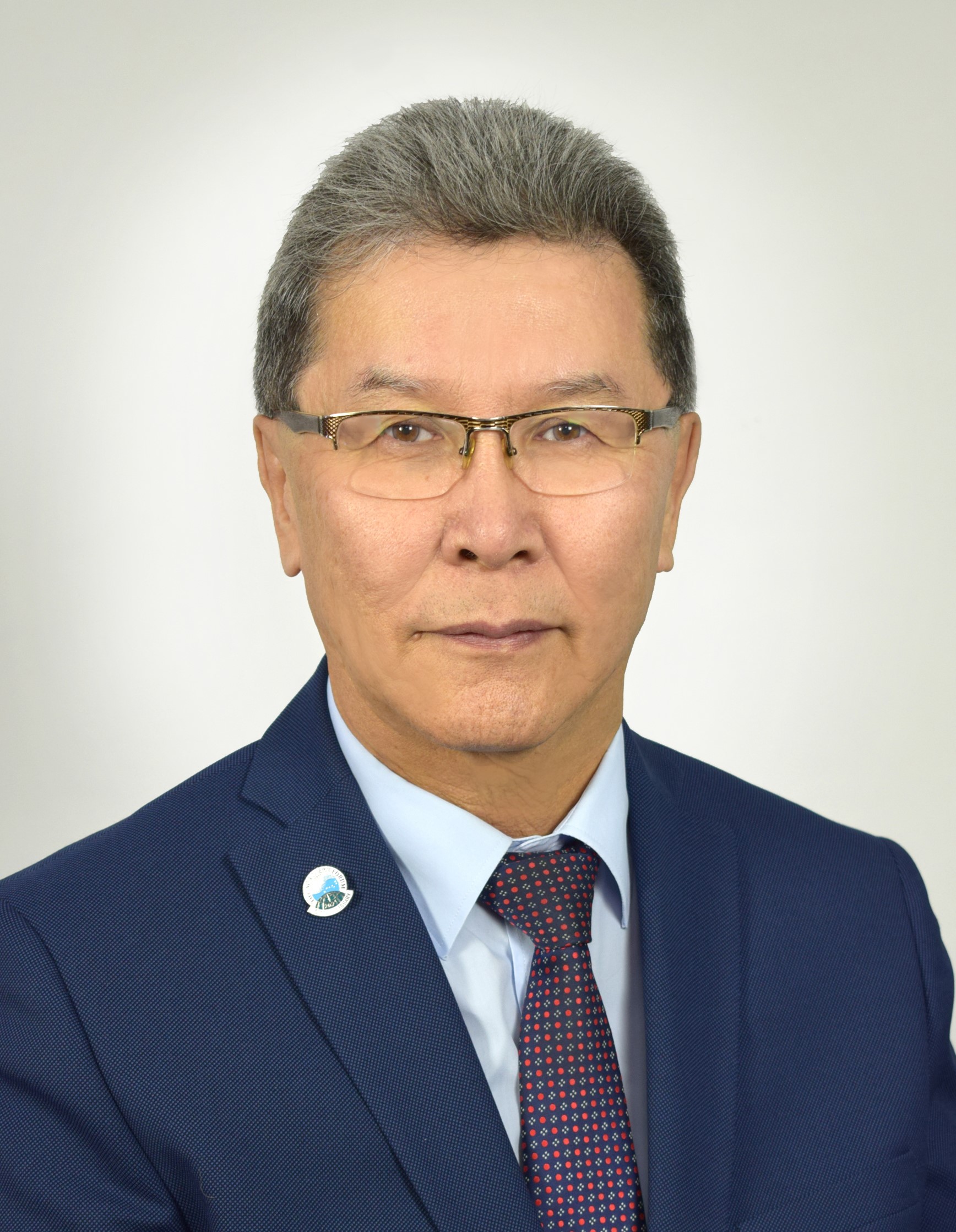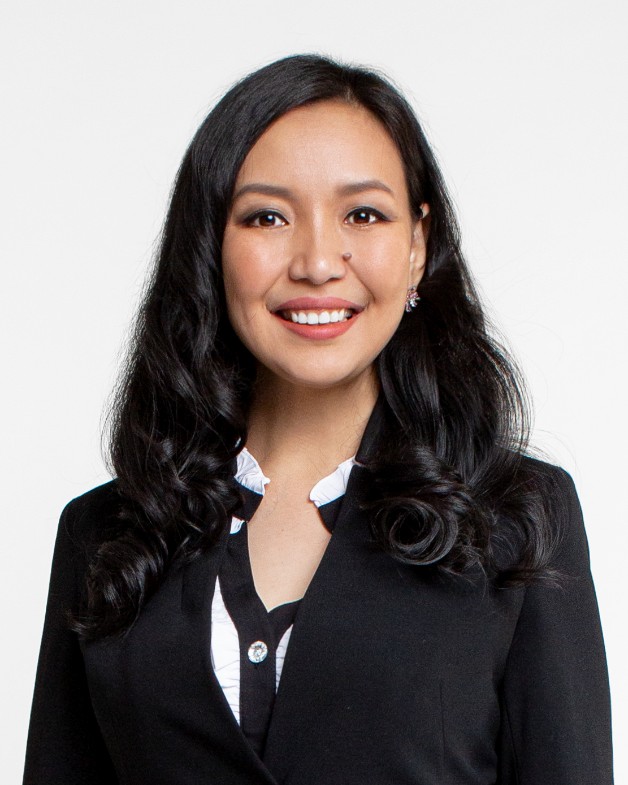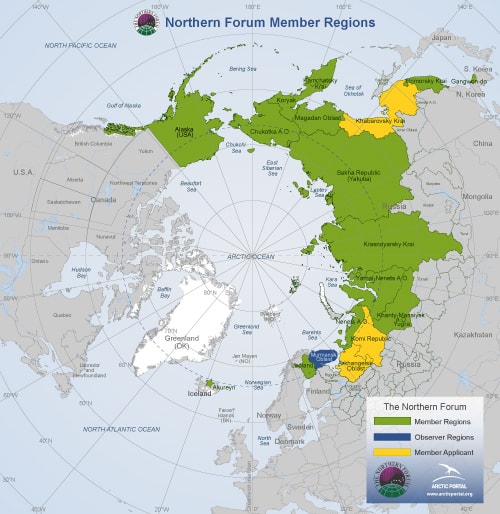- Details
The Secretariat of the Northern Forum is located in Yakutsk, Sakha Republic (Yakutia), Russia. The small office performs a number of duties, including:
- Gathering and providing information to member regions and members.
- Assisting in communications among regions.
- Translating documents as needed for Northern Forum operations.
- Coordinating international meetings.
- Developing and securing funding for cooperative projects among member regions.
The Secretariat is headed by an Executive Director. One of the Secretariat's primary functions is to organize Northern Forum meetings. Working closely with the Regional Coordinators, the Northern Forum Secretariat implements meeting plans and helps members address issues of concern as well as opportunities.
The Secretariat maintains an extensive communications system and uses the Internet to communicate with members via e-mail and the website.
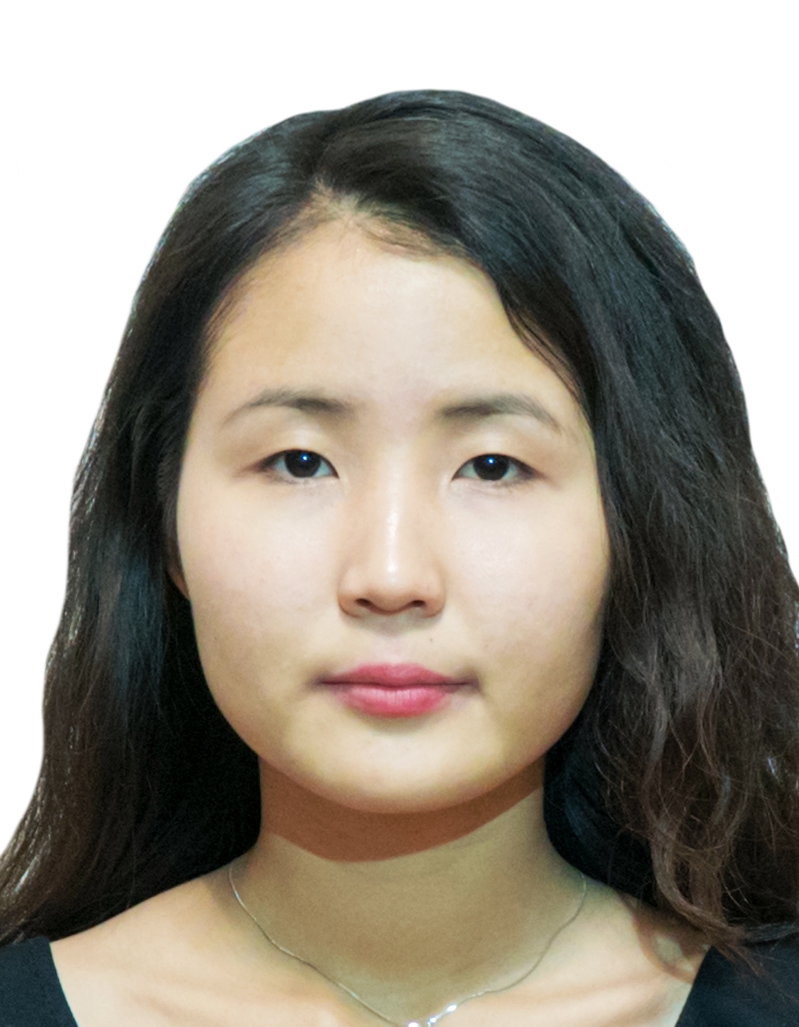
Tatiana Nikolaeva
Project manager
![]()
Juluskhan Ivanov
Project manager
Contacts:
407, 407a
Kurashov street 24
Yakutsk, Sakha Republic (Yakutia)
677000 Russia
+7 (4112) 50-84-50
IP: 71750
- Details
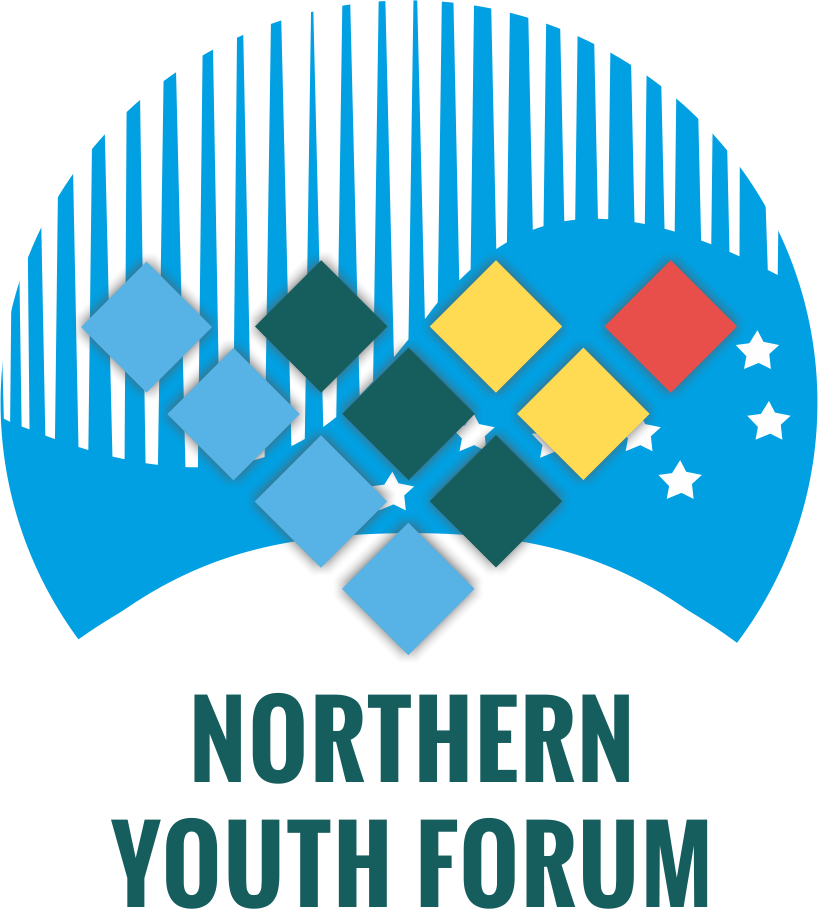
The Northern Youth Forum (NYF) – is a youth wing of the Northern Forum, consisting of representatives of young people aged from 16 to 40 years.
Mission of the NYF is to strengthen the spirit of trust and cooperation between young representatives of Northern regions and countries at the stage of personal and professional views’ formation.
Goal of the NYF is to promote the interests and views of young people in solving the problems facing the Northern Forum by using the potential of international youth cooperation.
Objectives of the NYF:
- Creation of a platform for international youth cooperation
- Involvement of active youth in the processes of solving the most urgent and promising socio-economic, political, ecological, cultural and other tasks facing the North and the Arctic
- Formation of youth professional communities, communities by interest and working groups for initiatives in the areas of the NYF
- Assistance to social, scientific, educational and creative self-realization of youth
Main areas of the NYF are:
- Human Capital
- Climate change and ecology
- Economy, investments and entrepreneurship
- Culture, tourism and territory promotion:
- Volunteering and Internship Programs
History of the NYF
In 2020 Ekaterina Sofroneeva, Savina Alekseeva, Sardaana Zhendrinskaya and Sardaana Syromyatnikova have initiated creation of the Northern Youth Forum. Thanks to the support of the Northern Forum and Vladimir Vasiliev personally, the idea has been realized.
To test the hypothesis about the need to create NYF, a same-name event was held within the framework of the Northern Sustainable Development Forum on September 27-28, 2020.
The 1st Northern Youth Forum was successful and confirmed the need for the creation of the NYF. Initially, it was planned to make the 1st NYF not just an event, but a basis for further work to intensify work with young people in the northern regions and countries as well as people and organizations from other parts of the world who are interested in cooperation with the North and the Arctic.
About 300 participants from the regions of Russia, Iceland, Finland, Norway, Sweden, USA, Canada and China have registered for the forum. The NYF program consisted of 14 events, all of which were held in an online format.
The main directions were sessions on the following topics:
- Human Capital: Young Talents of the North and the Arctic
- Ecology and nature conservation
- Entrepreneurship, sustainable technologies, innovative ecosystems of the North
- Change Makers of the North: Volunteering and Internship Programs
- Cultural heritage, youth and education
In addition, the conference “Model of the Youth Forum of the Economic and Social Council of the United Nations (ECOSOC)”, Presentation session “Initiatives for Sustainable Development”, networking session “Icebreaker”, round table “Preservation of traditional knowledge of indigenous peoples in the modern conditions of the North ", seminar «Food security of the Arctic and the North" and public lecture" Meetings with interesting people".
Following the results of the forum, it was proposed to create a Northern Youth Forum as an organization capable of uniting international youth cooperation to expand the activities of the Northern Forum and achieve the goals of sustainable development in the North and the Arctic.
The large-scale youth event has been organized thanks to the combined efforts of various organizations. The co-organizers and partners of the 1st NYF were: Yakutia Innovation Development Fund, Vaasa University (Finland), Yakutia Venture Company, Youth Wing of the Union of Women's Organizations of the Republic of Sakha (Yakutia), Yakutia Congress Center, North-Eastern Federal University, Arctic State Institute of Culture and Arts, Arctic State Agrotechnological University, Ytyk-Kyuelskaya Secondary School No. 1, Churapchinsky State Institute of Physical Culture and Sports, Unified Volunteer Center of Tattinsky Municipal District, Youth Council of RAIPON, Youth Council of Indigenous Minorities of the North of the Republic of Sakha (Yakutia), as well as the Ministry of Youth Affairs and Social Communications of the Republic of Sakha (Yakutia) and the Youth Government of Yakutia.
In a short time, the initiative group established contacts with the Artic Youth Network, MGIMO Arctic Student Research Club and other organizations.
On November 19-21, the Northern Forum Model (NF Model) was held in an online format - an event in the format of a role-playing game based on modeling the activities of the Northern Forum structures, and allowing the most organically and effectively to include in the joint work of youth representatives, dealing with issues of the northern regions in various aspects. About 250 participants from 11 countries (Russia, Canada, USA, Latvia, India, Azerbaijan, Uzbekistan, Greece, Ukraine, Peru, Great Britain) applied for participation. The event was organized by the Northern Forum, Yamal-Nenets Autonomous Okrug, MGIMO Arctic Student Research Club, North-Eastern Federal University, Vaasa University, International Institute of Energy Policy and Diplomacy, Intersfera NGO.
On December 11, 2020 Ekaterina Sofroneeva made a presentation of the NYF and presented the results of the NF Model at the meeting of the Committee of Regional Coordinators of the Federation Council. The meeting participants supported the initiative of youth to unite and work together.
In April 2021 Ekaterina Sofroneeva and Savina Alekseeva took part in the General Assembly of the Northern Forum.
Creation of the Northern Youth Forum was approved by the NF Resolution #229 dated April 28, 2021.
Coordinators of the NYF
- Ekaterina Sofroneeva, PhD Candidate in Economics and Business Administration, University of Vaasa (Finland), The Arctic Academy of Sciences
- Savina Alekseeva, Head of Partnership and Accelerator Programs Department, Yakutia Venture Company
- Sardaana Zhendrinskaya, Chairman of the Youth Wing of the Union of Women's Organizations of the Republic of Sakha (Yakutia)
- Sardaana Syromyatnikova, Vice-president of the Arctic Lady Foundation
- Evgeniya Titovskaya, Head of the International Cooperation Department, Department of External Relations of the Yamalo-Nenets Autonomous Okrug
- Irina Dranaeva, Head of Department of International and Interregional Cooperation, Arctic Agrotechnological University
- Dr Daria Burnasheva, Assistant Professor, Department of Folk and Traditional Arts, Arctic State Institute of Culture and Arts
- Details
The Northern Forum is a non-profit, international organization composed of thirteen sub-national or regional governments from five countries.
Green shows the current NF regions, Yellow shows membership applicants.
The Northern Forum Members include:
- Akureyri, Iceland
- Kamchatka Krai, Russian Federation
- Krasnoyarsk Krai, Russia
- Magadan Oblast, Russian Federation
- Nenets Autonomous Okrug, Russian Federation
- Primorsky Krai, Russian Federation
- Gangwon Province, Republic of Korea
- Lapland, Finland
- Sakha Republic, Russian Federation
- Khanty - Mansiysk Autonomous Okrug, Russian Federation
- Chukotka Autonomous Okrug, Russian Federation
- State of Alaska, USA
- Yamalo - Nenets Autonomous Okrug, Russian Federation
The Northern Forum Business Partners include:
- Alaska Native Heritage Center, Alaska
- Arctic Portal, Iceland
- Energy Saving Technologies LLC, Yakutsk, Russian Federation
- French Polar Cluster, France
- High North Center, Norway
- Hokkaido International Exchange and Cooperation Center, Japan
- Institute of the North, Alaska, USA
- Lapland Chamber of Commerce, Finland
- SMYK Master Polygraphy LLC, Yakutsk, Russian Federation
- Sulus LLC, Russian Federation
- The Northern Forum Academy, Russian Federation
- Ukpeagvik Iñupiat Corporation, Alaska, USA
1974
First International Conference on Human Environment in Northern Regions
December. Sapporo, Hokkaido, Japan
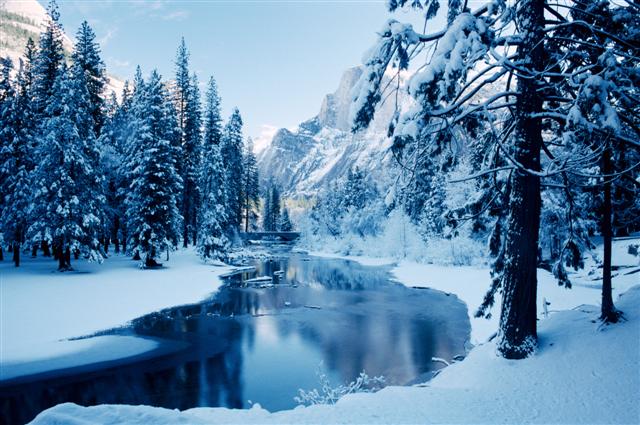 Hosted by Hokkaido Governor Naohiro Dougakinai, this inaugural conference brought together representatives from the Canadian provincial governments of Alberta, British Columbia, Manitoba, New Brunswick, Nova Scotia, Ontario, Saskatchewan, and Northwest Territories; United States state governments of Alaska, Idaho, Minnesota, North Dakota, Oregon, Washington, and Wisconsin; and representatives from the capital cities of Finland, Norway, and Sweden. The conference made evident a multitude of environmental, climactic, economic and social commonalities faced by residents in northern regions.
Hosted by Hokkaido Governor Naohiro Dougakinai, this inaugural conference brought together representatives from the Canadian provincial governments of Alberta, British Columbia, Manitoba, New Brunswick, Nova Scotia, Ontario, Saskatchewan, and Northwest Territories; United States state governments of Alaska, Idaho, Minnesota, North Dakota, Oregon, Washington, and Wisconsin; and representatives from the capital cities of Finland, Norway, and Sweden. The conference made evident a multitude of environmental, climactic, economic and social commonalities faced by residents in northern regions.
Participants at the conference came to understand that, as regions with similar climatic conditions, they shared many environmental challenges. They discovered that the way one northern region addressed a particular issue might apply to similar issues in many - if not all - northern regions. Government representatives realized that improved communication and cooperation could vastly enhance the way of life for all residents of the North. Furthermore, delegates acknowledged the value of holding regular meetings to discuss these commonalities. They vowed to work diligently as a whole on issues of shared importance.
During his closing address, Governor Dougakinai proclaimed, "It is earnestly desired that this three day-conference will produce fruitful results for the happiness of all peoples living in northern regions through the active exchange of views among the participants and that it will contribute to the promotion of friendly relations and to the social development of the entire region.
The seeds for the establishment of the Northern Forum were planted.
1979
Second International Conference On The Human Environment in Northern Regions
September, Edmonton, Alberta, Canada
 Participants determined that renewed vigor must be given to maintaining the balance among natural resource development, environmental protection and quality of life. Some governors worked to convey to each other that all might benefit from an organization which made it possible to act cooperatively to resolve seemingly intractable problems shared by those who live in Northern climates. Other regional leaders, preoccupied by their own immediate concerns and mandates, listened to these visionary suggestions.The Conference focused on human settlements. Specific sessions were held on: urban growth; the creation of new towns as a result of accelerated natural resource development; planning for the rapid expansion of existing settlements; and enhancing the livability of older towns and cities.Policy makers from twenty-two provincial, regional, and municipal governments gathered to address issues relative to improving the quality of life in northern regions. Peter Lougheed, Premier of Alberta, expressed hope at the opening ceremony that the exchange of information would extend beyond human environment issues to create a better understanding between different peoples inhabiting similar parts of the world. However, little was done beyond polite acknowledgement until 1990. A major part of the North, Russia's vast Northern Territories, were as yet unable to participate.
Participants determined that renewed vigor must be given to maintaining the balance among natural resource development, environmental protection and quality of life. Some governors worked to convey to each other that all might benefit from an organization which made it possible to act cooperatively to resolve seemingly intractable problems shared by those who live in Northern climates. Other regional leaders, preoccupied by their own immediate concerns and mandates, listened to these visionary suggestions.The Conference focused on human settlements. Specific sessions were held on: urban growth; the creation of new towns as a result of accelerated natural resource development; planning for the rapid expansion of existing settlements; and enhancing the livability of older towns and cities.Policy makers from twenty-two provincial, regional, and municipal governments gathered to address issues relative to improving the quality of life in northern regions. Peter Lougheed, Premier of Alberta, expressed hope at the opening ceremony that the exchange of information would extend beyond human environment issues to create a better understanding between different peoples inhabiting similar parts of the world. However, little was done beyond polite acknowledgement until 1990. A major part of the North, Russia's vast Northern Territories, were as yet unable to participate.
1990
Third Northern Regions Conference: Cooperation in a Changing World
September, Anchorage, Alaska, U.S.A.
 With the dramatic opening of the Soviet Union to the outside world, northern Russia provided the final piece of the puzzle in the movement to create a permanent "Voice of Northern Regions." Some 600 delegates to this third conference concluded that historical northern trans-border cooperation, largely sporadic and ad hoc in nature, was an anachronism. Participants recommended that a permanent regional organization by the name of the Northern Forum be established.This organization was intended to act as a mechanism "to improve the quality of local, national, and international decision-making regarding northern issues by providing a means through which northern voices can be heard at all stages of the process." Delegates also hoped that the Northern Forum would "offer opportunities to exchange ideas, solve common problems, and plan cooperative initiatives regarding issues that are unique to the North."
With the dramatic opening of the Soviet Union to the outside world, northern Russia provided the final piece of the puzzle in the movement to create a permanent "Voice of Northern Regions." Some 600 delegates to this third conference concluded that historical northern trans-border cooperation, largely sporadic and ad hoc in nature, was an anachronism. Participants recommended that a permanent regional organization by the name of the Northern Forum be established.This organization was intended to act as a mechanism "to improve the quality of local, national, and international decision-making regarding northern issues by providing a means through which northern voices can be heard at all stages of the process." Delegates also hoped that the Northern Forum would "offer opportunities to exchange ideas, solve common problems, and plan cooperative initiatives regarding issues that are unique to the North."
During the proceedings, several issues of common concern were identified as having priority within the scope of a northern regional organization's activities:
- Environmental assessment, monitoring and research.
- Pollution prevention and clean-up.
- Human resources, including culture, education, and health.
- Cooperative management of northern renewable natural resources.
- Northern technology and engineering.
- Physical infrastructure, including northern communications and transportation systems.
Furthermore, it was decided that the Northern Forum would locate its main office, or Secretariat, in Anchorage, Alaska.
1991
The Northern Forum Founding Meeting
November. Anchorage, Alaska, U.S.A.
In what may be seen as the culmination of years of conferences, multilateral meetings and frank apolitical discussion, the Northern Forum was formally established with eleven regional members from nine northern countries.
The founding members included: Yukon Territory, Canada; Heilongjiang Province, Peoples' Republic of China; Lapland, Finland; Hokkaido, Japan; Dornod, Mongolia; Trondelag and Tromso, Norway; Chukotka Autonomous Okrug, Kamchatka Oblast', Magadan Oblast', Russian Federation; Republic of Korea; and the state of Alaska, U.S.A
All inaugural members agreed that the future held boundless potential for the Northern Forum and that, together, the Northern Regions had many difficulties to overcome, and milestones towards which to strive. They expressed hopes concerning their Northern Forum's initial goal of serving as the primary means of communication to improve trans-boundary cooperation throughout the North. They hoped that the Forum would, in time, generate international awareness, respect and legitimacy for the commonalities shared by all Northern Regions. These issues, after all, had been bringing representatives of Northern Regions together for years.
After seventeen years, a unique experiment in inter-regional and international relations-Northern style-had begun.
- Details
The effects of climate change in the Arctic constitute to both threats and opportunities for the Arctic communities. Arctic People experience changes in the nature. The living conditions are changing – some to the better and other living conditions are weakening the basis of traditional living in the Arctic. As an example, the build environment in form of houses and roads are threaten in areas where the permafrost is thawing.
Business Opportunities
New business opportunities in the sectors of energy extraction, shipping, fishing and tourism are being identified in the Arctic changes. Energy extraction and increased shipping activities because of sea ice retreat are in particular characterized as being capital intensive and involving risks to the environment. The potential environmental consequences of risk events such as an oil spill or ship accidents is significantly greater than in other regions, with implications for governments, businesses and the insurance industry. Responsible realization of the economic opportunities in the Arctic will therefore depend on strong regulatory frameworks and corporate environmental commitment.
Scientific data and business and communities
The business sector will play an important and central role in the sustainable development of the Arctic. For business sectors to prepare and manage their operation in environmentally responsible way, information on environmental changes and geological potentiality of the Arctic has to become accessible. Closing the knowledge gap by granting the businesses access to Arctic data will reduce the risk of severe environmental consequences and will constitute to ensuring that the increased activity in the Arctic takes place within sensible ecological limits. Businesses preparing and operating at large scale in the Arctic will benefit from having searchable access and analytical display of research documents, metadata together with qualitative and quantitative datasets on numerous topics across disciplines and themes covering the Arctic. The engagement of geographic information systems (GIS) compliant visualization and query technologies, will facilitate the conversion of data to information and permanent knowledge. Such an Arctic data and information square adapted to standard scientific information is not available yet. The Arctic data and information square would not only benefit the business sector preparing and operating in the Arctic. It would also benefit the regional and local authorities and communities to have searchable access of Arctic data on numerous topics across disciplines and themes to manage the risk of increased activities and identify new opportunities for the Arctic communities.
Information portal on Arctic societies
As the Arctic is having increased attention from businesses outside the region exploring new business opportunities within the Arctic, the need of disseminating information on Arctic societies becomes more urgent. The Arctic societies can benefit from the attention outside the region by promoting their societies towards defined target groups based on the interests of the Arctic societies. The utilization of internet portals makes is possible for the Arctic societies to promote their regions by providing extensive information service aimed at generating increased business activities in the Arctic and increasing cooperation between business and cultural entities within and outside the Arctic. Developing new business activities in the Arctic demands dissemination on various social information and general business information and statistics in order to inform outsiders about individual societies in the Arctic. Furthermore, the increasing business activities and business cooperation in the Arctic call for an easy access to practical information, e.g. how and when to reach and travel within certain regions and where to find companies within certain business segment together with contact information. Business, culture and travel are interconnected and the Arctic societies can promote their interests on these fields simultaneously.
- Details

The Arctic covers 40 million square kilometers or approximately 8% of the Earth´s surface, but hosts a population of only 4 million. Of the 4 million, various small groups of indigenous people, peoples who occupied the area long before the people of European tradition came, can be found.
Almost all of them live today as a minority within the borders of contemporary nation states.
Only in Greenland, the indigenous are in majority as they account for 88% of the entire population. In the same time half of the northern Canadian population is indigenous.
In Scandinavia and north-Russia, indigenous peoples are only a small fraction of the population or around 4-5%, Alaska having an indigenous population of around 20%.
Despite that some 40 indigenous languages are still spoken in the Arctic, Russian, English and Scandinavian languages are the most dominant languages today. Only in Greenland is Inuktitut, an indigenous Inuit language, the only official language of the region. In addition, Canada recently approved Nunavut's proposal to declare Inuktitut, English and French the official languages of Nunavut.
There have been inhabitants in the Arctic for at least 12.000 years according to bones found in Russia. Some believe people have lived up North for much longer or up to 30.000 or 40.000 years, no-one knowing for sure.
 Little is known about the earliest people from 12.000 years ago, but the culture and livelihoods of the Inuit and the Saami, from around 4500 years ago, are better known and archived. The first Inuit, the Paleo-Eskimos, emigrated from Asia to Alaska crossing over the Bering Strait.
Little is known about the earliest people from 12.000 years ago, but the culture and livelihoods of the Inuit and the Saami, from around 4500 years ago, are better known and archived. The first Inuit, the Paleo-Eskimos, emigrated from Asia to Alaska crossing over the Bering Strait.
They lived off the land, hunted seals, walrus and perhaps even whales also hunting reindeers and musk oxen, birds and polar bears. Around 2500 years ago life shifted slowly but surely while the Arctic got colder. The Paleo-Eskimos gave it away for the Dorset Culture. The Dorset people stretched skins over a simple wooden framework to make kayaks and tents. Stones held down the skins on the tents but in the cold hard winters, they lived in caves, turf houses or snow houses. For food, they hunted whales as big as beluga and narwhal.
This culture lived for around 2000 years, when the Thule people became the new tradition. They are the forerunners of the modern Inuit. The word Inuit means The People and is plural, while Inuk is a single person. Eskimo on the other hand is considered derogatory as a name for Inuit's, as in Inuktitut Eskimo means "eaters of raw meat".
Like their processors, Inuit used tents made out of skins and wore skin for clothing. These are traditions Inuit are proud of and even today, in 2011, they wear clothes like their ancestors.
Inuit's developed extensive hunting skills in the Arctic using harpoons with a handle and a rope attached to it to kill seals and whales. That way the pray did not sink when killed, or wounded. Inuit used dogsleds (at first wolf sleds) to move around and to hunt. They used a bow and arrow and shot polar bears and other animals. Inuit's trusted on caribou and whales to migrate, if they did not their price was starvation.
The Saami originated from the Urals in Asia, like so many tribes from the area. They have inhabited the northern Arctic and sub-Arctic regions of Fenno-Scandinavia and Russia for at least 5000 years living off of the reindeer husbandry and fishing.



